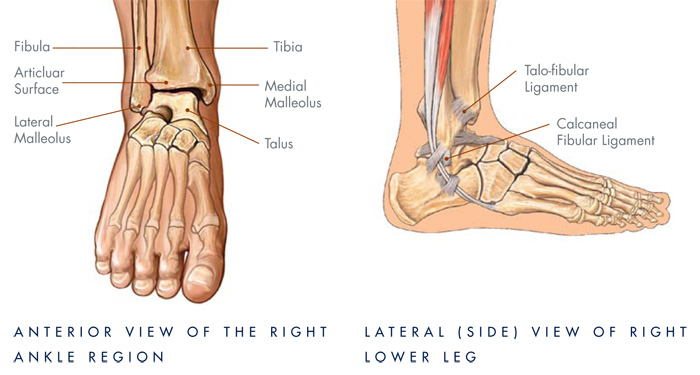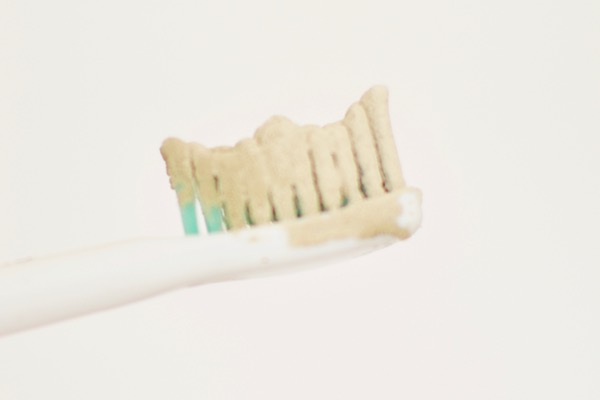What could be causingchronic ankle pain in this delicate joint? Find out here…
Your ankles are one of the most complex, delicate joints in your body. The ankle connects your lower leg bone to the bones of your feet, and it takes all of your weight every day. It can’t be as sturdy or stiff as some of your other joints, because it needs flexibility. This means that, like the wrist joint, it’s a mobile joint, but also a fairly delicate one.
If you’re suffering from chronic ankle pain, here are a few things that could be causing it:
- Nerve injury — A bundle of nerves pass through your ankles, connecting your feet and toes to your nervous system. If these nerves are torn, pinched, stretched, or twisted (via activity), it’s very likely that they will send pain signals back to your brain.
- Pressure on the nerves — If the nerves running through your ankles are pinched, the pressure (similar to carpal tunnel syndrome or a slipped disc) can lead to chronic pain.
- Damaged tendons –– Acute tendon damage can lead to sharp pain, but what happens if the tendons don’t heal properly? Damaged tendons tend to be weak, stiff, and painful, and could be the cause of your chronic ankle pain. If you suffered a tendon injury and they haven’t healed, perhaps that’s why your ankles hurt.
- Bone fracture –– The bones around your feet and ankles are fairly small, and microfractures are fairly common (such as when you jump from a great height). These fractures may not heal properly or quickly, leading to chronic ankle pain.
- Osteoarthritis –– If you suffer from osteoarthritis, the cartilage in your ankle joint has been worn down by repetitive and/or incorrect use. The lack of cushioning between your joints can lead to more serious damage of the joints and the bones, causing swelling, pain, and limited mobility.
READ MORE: 8 Kombucha Benefits You Need to Know About
- Rheumatoid arthritis –– Rheumatoid arthritis is an autoimmune condition wherein your body perceives cartilage as “invaders” and the immune system attacks the healthy tissue. These attacks can lead to swelling and chronic pain in the ankles, and can wear away at the tissue.
- Synovial inflammation — Sometimes, your body can produce too much of the synovial fluid that helps to lubricate your joints. The excessive production of the fluid feels and looks a lot like swelling, and it can lead to stiff joints and chronic pain.
- Scar tissue — If you have torn a ligament or tendon, your body will often produce scar tissue as a means of strengthening the connective tissue and preventing injuries in the future. Scar tissue is less flexible than regular tissue, so the lack of mobility and flexibility can cause the other tissues in your joint to compensate. This can lead to wear and undue strain on the joint, the reason behind your joint pain.
- Sprains — A sprain is an injury that involves the stretching or tearing of your ligaments, the tissue that connects your bones together. It is usually an acute pain that lasts only a short time, but if the sprain is bad enough, the torn tissue may take a long time to heal–or may never fully recover without surgery.
- Strains — A strain is an injury that involves the stretching or tearing of your tendons, the tissue that connects your muscles to your bones. These tendons may be torn by excessive strain placed on the muscle or the joint, and can lead to serious ankle pain!









